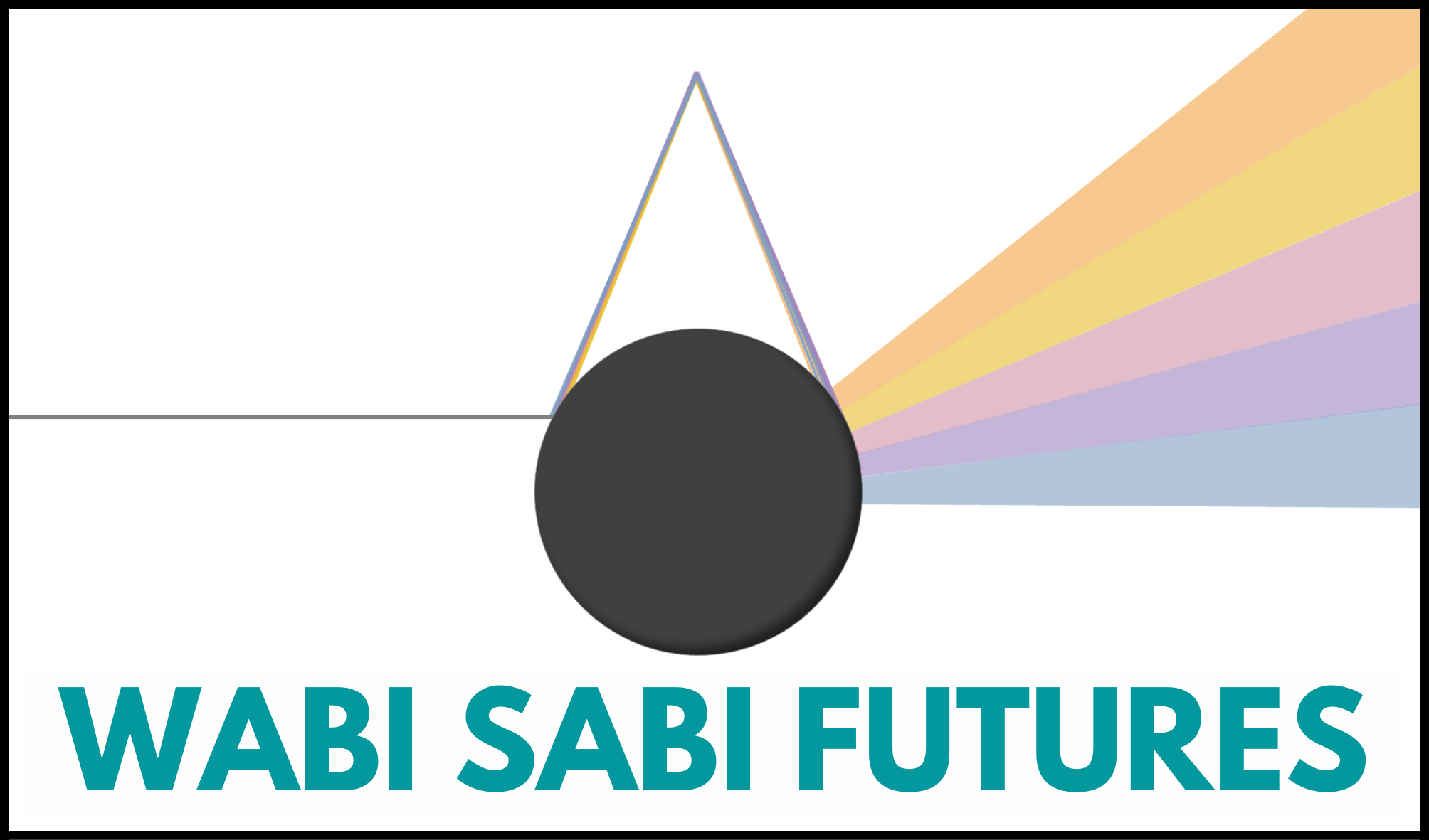It no longer feels reassuring to be reminded that we breathe the same air.
We relish getting back in the room with one another, enjoying the physicality of eye contact, being present together, feeling the room.
However.
Those aspects of face to face facilitation that once brought us joy and comfort – embodiment, physical connection, proximity – now elicit a very different nervous response for a lot of folk. We are each moving through these strange times at our own pace and in our own experience, which can look radically different between otherwise similar people.
While we navigate this strange return to not-quite-normal, there are some simple things we can do as facilitators to make it easier for more of us.
Allow for distance
Make 1.5m distance the standard spacing in activities.
For those that seek physical proximity, introduce ways they can choose to close the gap by exception rather than the rule. If physical proximity and contact is a core part of your process and cannot be compromised, communicate this clearly and early – before they book, or at the least before the process begins.
Prepare for masks
Invite in creative ways of communicating emotion that don’t rely on facial expression.
While masks are not required in many spaces now, they still provide a high level of protection for folks. For some people, returning to a large indoor group setting is only safe with an N95 mask. It’s hard to read each other’s faces when masks are in place. Allow for it.
Ease in
It’s exciting. You want to dive back in to the juicy parts that can’t be replicated on a screen.
Curb your enthusiasm. Chances are this is the first time some people in the room have been with this many people in many years. Start slow and gentle, and invite them to lean in further as they become more comfortable.
Safe facilitation never steps you from surface level engagement straight into the big, deep, messy stuff. Some things that used to feel surface level just got more raw.
